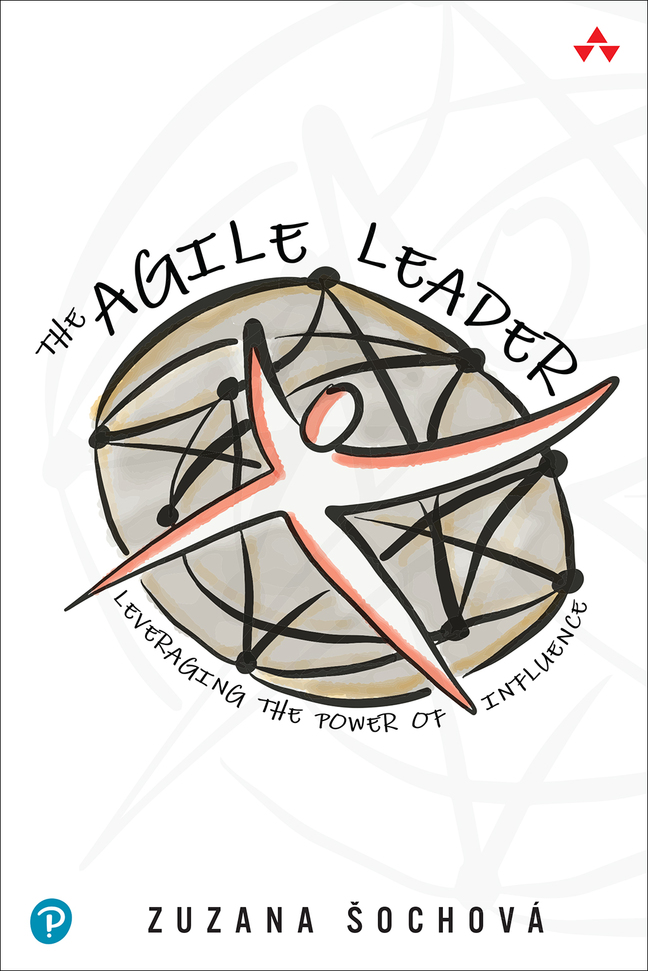It’s more than 20 years since Agile Manifesto and some organizations still take Agile as another process or tool. But it can’t be farther from reality. We try to explain that it’s not about “doing” agile but “being” agile. That it’s about changing the way of working and thinking, the overall mindset. But companies are often looking for shortcuts and searching for simple solutions. Rename some processes, create a new role, or buy a different tool. Though that could be useful, it’s not the core of the change.
But let’s start with who should be driving the transformation and who should be implementing Scrum in the organization. Surprisingly for many people, it’s not some manager but someone who has their own experience with agile, scrum, self-management, and end-to-end cross-functional teams – the ScrumMaster. Indeed that person should be an experienced agile coach who is ready to demonstrate leadership and take ownership of a change, working at the Entire System level of the #ScrumMasterWay concept.
There are many concepts that they should be familiar from System Coaching (i.e. ORCS) to classical change management i.e. (Kotter’s Eight Steps of successful change). But in a nutshell, you can start a change with the following steps:
- Why – create a sense of urgency – Why is it important to the organization? What will happen if we don’t change? Unless you can create a sense of urgency, the change is unlikely to be successful. Do others see it the same way? Do they feel the same need?
- Who – find your allies – Identify the supporting team that will support you and helps you to implement the change. It can be the group of ScrumMasters, but it’s not limited to this group. You are looking for enthusiasts who would be willing to invest their time and name into promoting the change.
- Vision / Dream for a change – Do you have a dream of the future? In a year from now, where would you like to be with this organization/group/team?
- Communicate. Communicate. Communicate. And then again. Communicate. It’s a new way of working so one presentation will not kill it.
- Celebrate success – don’t forget that it’s not processes and practices but the success that scales. Make it visible and don’t forget to celebrate each successful step. Instead of focusing too much on what we are struggling with, start with what is working well and make sure it sticks. The rest will be improved step by step.

 Learn more about transforming organizations, leadership, and culture with Agile & Enterprise Coaching. Check our Scrum and Agile training sessions on Sochova.com. Grab a copy of The Great ScrumMaster: #ScrumMasterWay book and The Agile Leader: Leveraging the Power of Influence book.
Learn more about transforming organizations, leadership, and culture with Agile & Enterprise Coaching. Check our Scrum and Agile training sessions on Sochova.com. Grab a copy of The Great ScrumMaster: #ScrumMasterWay book and The Agile Leader: Leveraging the Power of Influence book.
Disclaimer: All I write on this blog is purely personal and has no relation with any position I have, used to have or will have in the future.
